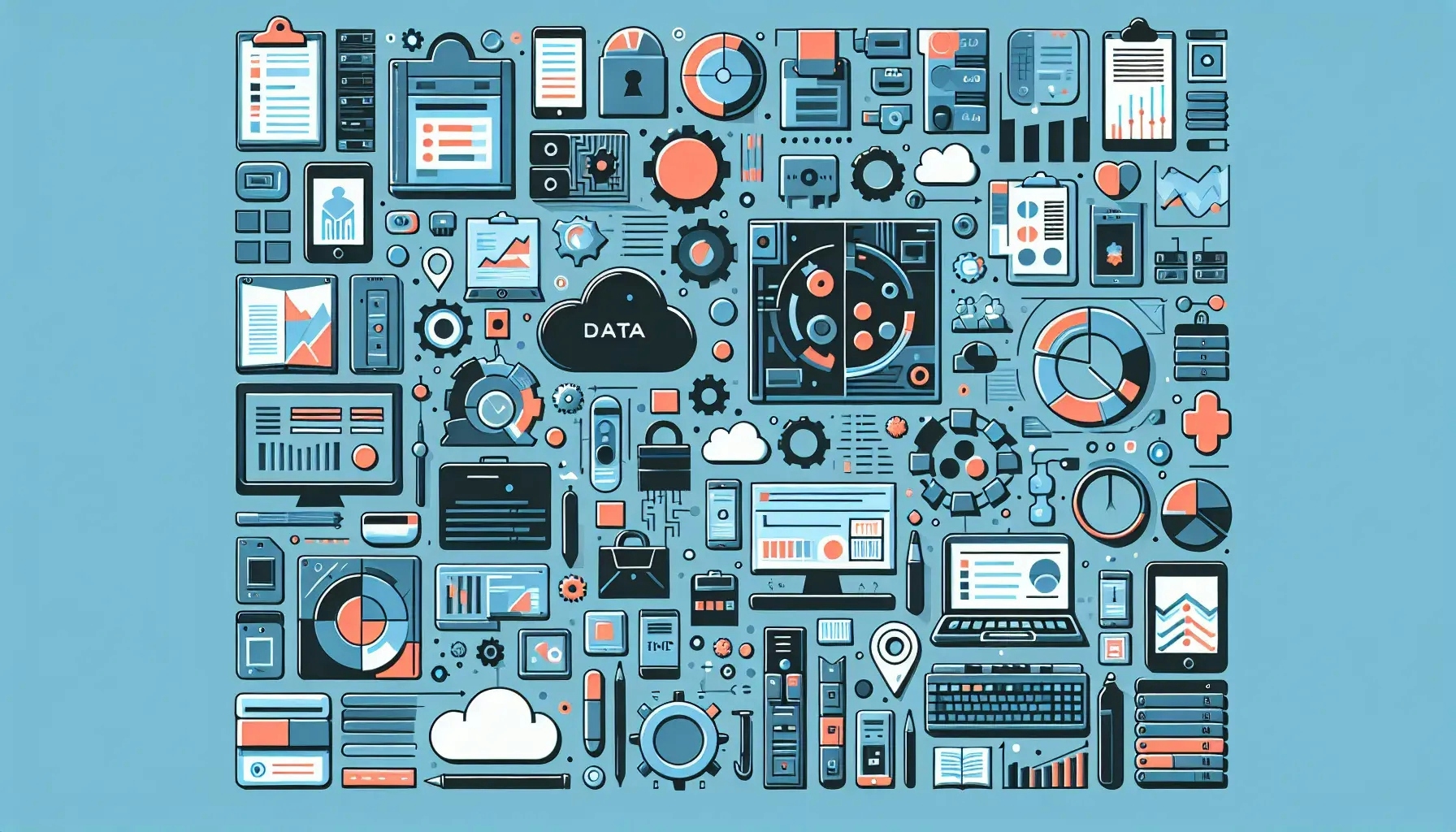In the rapidly evolving field of big data, staying ahead of the curve requires a deep understanding of the tools and platforms that drive the industry. This blog post will guide you through the essential tools and platforms you need to master for big data interviews. We will delve into the specifics of each tool, its applications, and how to effectively use them in a big data context.
The Power of Hadoop
Hadoop, an open-source software framework, stands as a pillar in the big data industry. It allows for the processing of large data sets across clusters of computers. The ability to scale up from a single server to thousands of machines is a key feature of Hadoop. Each machine offers local computation and storage, making it a robust tool for big data processing.
Understanding the Hadoop ecosystem is crucial for big data interviews. The ecosystem comprises several modules, each with a unique role in handling big data. The Hadoop Distributed File System (HDFS) is the primary storage system. MapReduce, another component, is a programming model that enables large scale data processing.
YARN (Yet Another Resource Negotiator) manages resources across the clusters and aids in job scheduling. HBase, a part of the Hadoop ecosystem, is a non-relational database that allows for real-time read/write access to large datasets. Mastering these components will give you a strong foundation in Hadoop, a must-have for any big data interview.
The Versatility of Apache Spark
Apache Spark, another open-source distributed computing system, is well-regarded for its speed and ease of use. It provides an interface for programming entire clusters with implicit data parallelism and fault tolerance. Spark's in-memory processing capabilities make it faster than Hadoop for iterative algorithms, making it a preferred choice for machine learning implementation.
Spark's ecosystem includes Spark SQL for SQL and structured data processing, MLlib for machine learning, GraphX for graph processing, and Spark Streaming. Understanding the interplay between these components and their applications in big data processing is essential. Spark's ability to handle real-time data processing makes it a popular choice in industries where real-time insights are crucial.
The Role of NoSQL Databases
NoSQL databases have gained popularity for their ability to handle unstructured data, high scalability, and flexibility in data models. They offer a variety of data models, including key-value, document, columnar, and graph formats. Popular NoSQL databases include MongoDB, Cassandra, and Couchbase.
MongoDB is a document-oriented database that provides high performance, high availability, and easy scalability. It works on the concept of collections and documents, using a BSON format, similar to JSON. Cassandra, developed by Apache, is designed to handle large amounts of data across many commodity servers. It provides high availability with no single point of failure. Understanding the strengths and weaknesses of these databases will help you navigate big data interviews with confidence.
Data Processing with ETL Tools
ETL (Extract, Transform, Load) tools are a mainstay in the big data industry. They allow for the extraction of data from various sources, its transformation to fit operational needs, and loading it into the end target database or data warehouse. Popular ETL tools include Informatica PowerCenter, IBM InfoSphere DataStage, and Microsoft SQL Server Integration Services (SSIS).
Informatica PowerCenter is a widely used ETL tool, known for its flexibility and metadata-driven approach. It supports all the steps of Extract, Transform, and Load process, and can connect with a wide array of data sources. IBM InfoSphere DataStage supports the collection, integration, and transformation of large volumes of data, with data structures ranging from simple to highly complex. Microsoft SSIS, a component of the Microsoft SQL Server, is used for a variety of integration tasks. A strong understanding of ETL tools and their application in big data processing is a must for big data interviews.
Data Visualization with Tableau
Data visualization is a key aspect of big data processing. It allows for the graphical representation of information and data. Tableau is a powerful data visualization tool that is widely used in the industry. It helps simplify raw data into an easily understandable format.
Tableau's features include data blending, real-time analysis, and collaboration of data. Its robustness and flexibility make it a popular choice for big data visualization. It can connect to various data sources, including Excel, SQL databases, and cloud services like Google Analytics and Salesforce. Mastering Tableau and understanding its role in big data can give you an edge in big data interviews.
Cloud Platforms for Big Data
Cloud platforms have revolutionized the way we store and process big data. They offer flexibility, scalability, and cost-effectiveness. Major players in the cloud platform industry include Amazon Web Services (AWS), Google Cloud Platform (GCP), and Microsoft Azure.
AWS offers a broad set of global cloud-based products including compute, storage, databases, analytics, networking, mobile, developer tools, management tools, IoT, security, and enterprise applications. Google Cloud Platform offers services in all major spheres including computing, storage, machine learning (ML), and the internet of things (IoT). It also includes tools for cloud management, security, and development. Microsoft Azure offers solutions for cloud computing, with services including those for analytics, storage, and networking. It offers a range of solutions suitable for all kinds of industries. Understanding these platforms and their applications in big data will be highly beneficial for big data interviews.
Wrapping Up Essential Tools and Platforms for Big Data Interviews
Mastering these essential tools and platforms will equip you with the knowledge and skills needed to excel in big data interviews. Remember, understanding the tool is just the first step. Practical application and continuous learning are key to staying relevant in this fast-paced industry. Keep exploring, keep learning, and you'll be ready to make your mark in the big data world.

